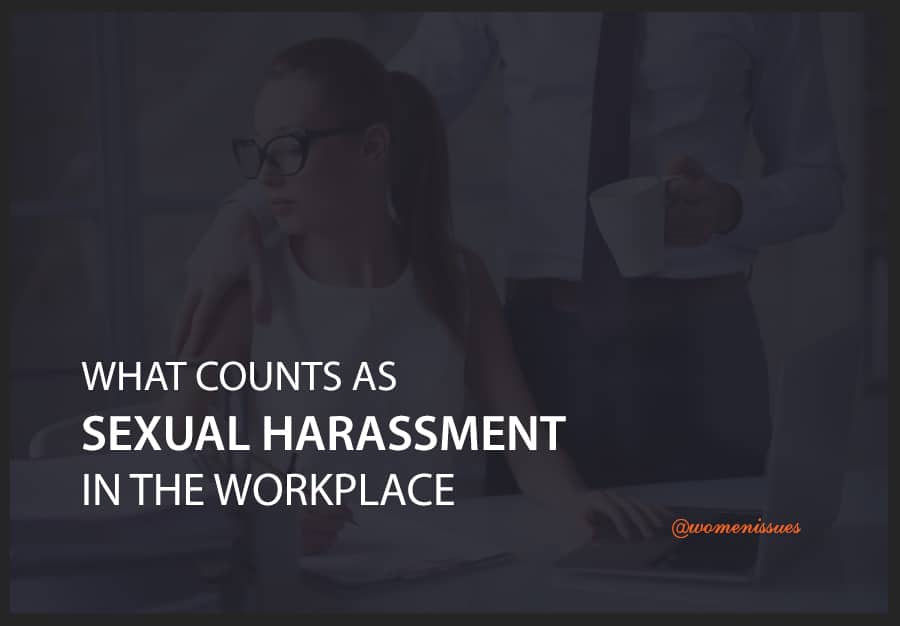SEXUAL HARASSMENT IN THE WORKPLACE
South African study by research agency Columinate found that about 30% of women reported being victims of sexual advances in the workplace. only 18% of that is men. It is a sad reality that most junior employees suffer this form of abuse whereby some give in with the fear of losing their jobs. Most men in senior positions abuse their power on vulnerable young women staff members. The question is, how do you know what counts as sexual harassment and what is it that you can do about?
N.B: Any unwanted/unwelcome physical contact is harassment. Sexual harassment is any form of unwanted sexual conduct and it does not have to always be physical. It can be a non-physical but verbal such as sexual comments or non-verbal such as indecent exposure, gestures and receiving explicit pictures.
You might be a victim of this form of abuse and not be aware of it. Let me give a few examples of what verbal sexual harassment with no physical contact can be
- Sex-related jokes
- Directing unwelcome graphic comments about the person’s body in their presence
- Any e-mail from your co-worker or boss with explicit website/pictures or e-mail telling you how hot you looked during the day at work
- A late-night message that carries sexual remarks
- Inappropriate sexual comments or gestures from a colleague
- private meetings where there’ll be comments about your appearance
- unwelcome and inappropriate enquiries about a person’s sex life
Non-verbal ones (action without touching) would be indecent exposure or display of explicit pictures/objects unwanted gestures
Looking at the above you’ll realize there’s more to sexual harassment than just physical contact. It doesn’t mean he didn’t sexually harass you if he didn’t touch you.
An example of physical sexual harassment would be:
- Rape
- Strip search by the opposite sex or in front of the opposite sex
- Physical sexual assault
- Unwanted physical contact or touching
There are other forms of sexual harassment that take place in the workplace, some are favoritism towards employees who give in to sexual advances, promotions given to undeserving employees, positions, salary increment, benefits including hiring new staff that respond to it.
Here are some of their shocking findings;
15% experienced harassment that is verbal and 38% admit it turned physical with unwanted touching.
42% report lustful staring at body parts while 32% report receiving messages of sexual nature.
57% of the women claimed that the unwanted advances came from a workplace peer and 26% report that is from the boss or superior.
It is extremely shocking that 51% of workplaces do not have a sexual harassment policy in place.
Most of these sexual misconducts are never reported and some of the reason is that the company will do nothing about it or victims feel no one will believe them.
What can you do about it?
Employers have to have a sexual harassment policy and that policy should have a clear process of which steps to be taken. Report the matter to your HR department or your manager if he is not the culprit. Maybe talk to your colleague whom you are friends or very close first so you can have a support system through the whole process.
- The employer must follow the company’s sexual harassment policy
- Your employer has to take it seriously
- Every employer must stay objective by not taking any sides or making assumptions.
- An employer must treat all parties with fairness
- The employer must is obliged to protect both parties’ privacy by keeping it confidential.
Sexual harassment was first recognized in cases where women lost their jobs because they rejected sexual overtures from their bosses or employers (quid pro quo cases). Remember sexual harassment doesn’t mean rape. Workplace sexual harassment destroys families and people’s futures. Everyone has the right to work in and around safe environments without any fear or prejudice.
DON’T BE SILENT, IT’S NEVER YOUR FAULT & YOUR STORY CAN HELP THE NEXT PERSON


No Comment